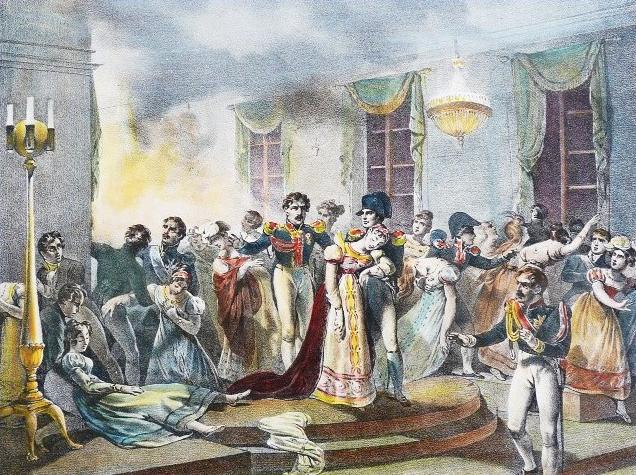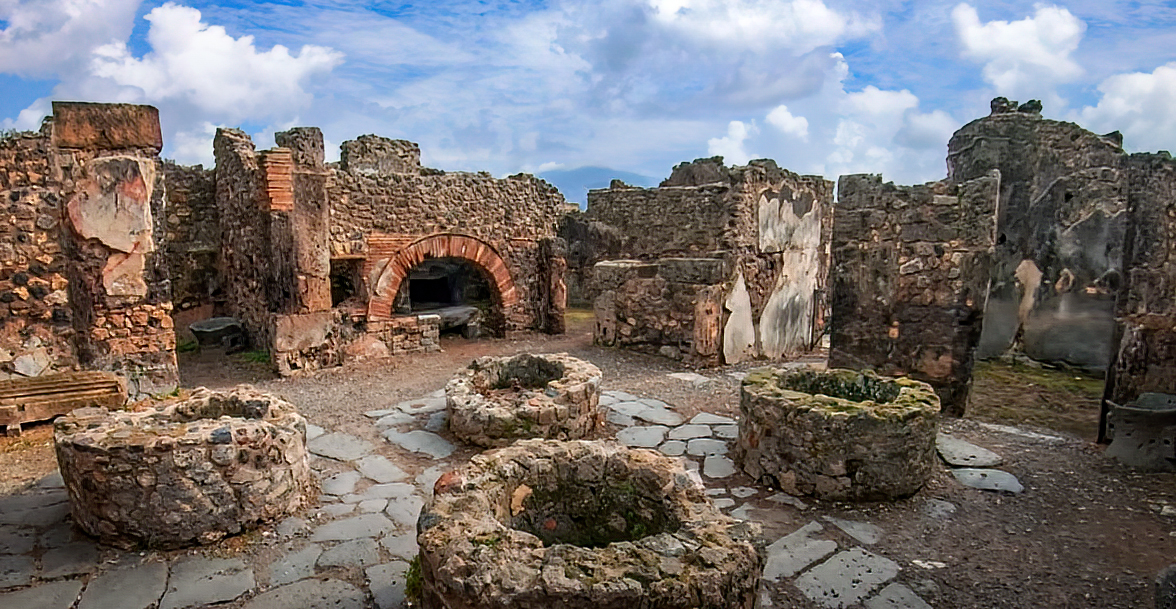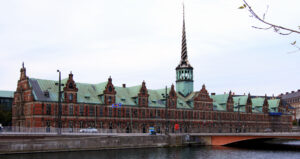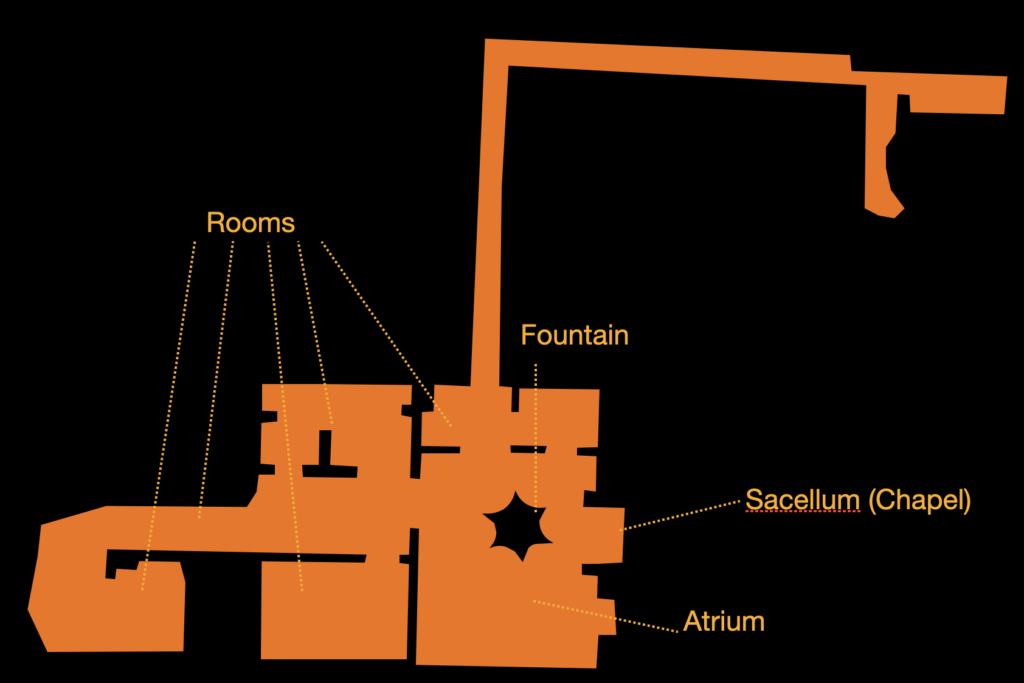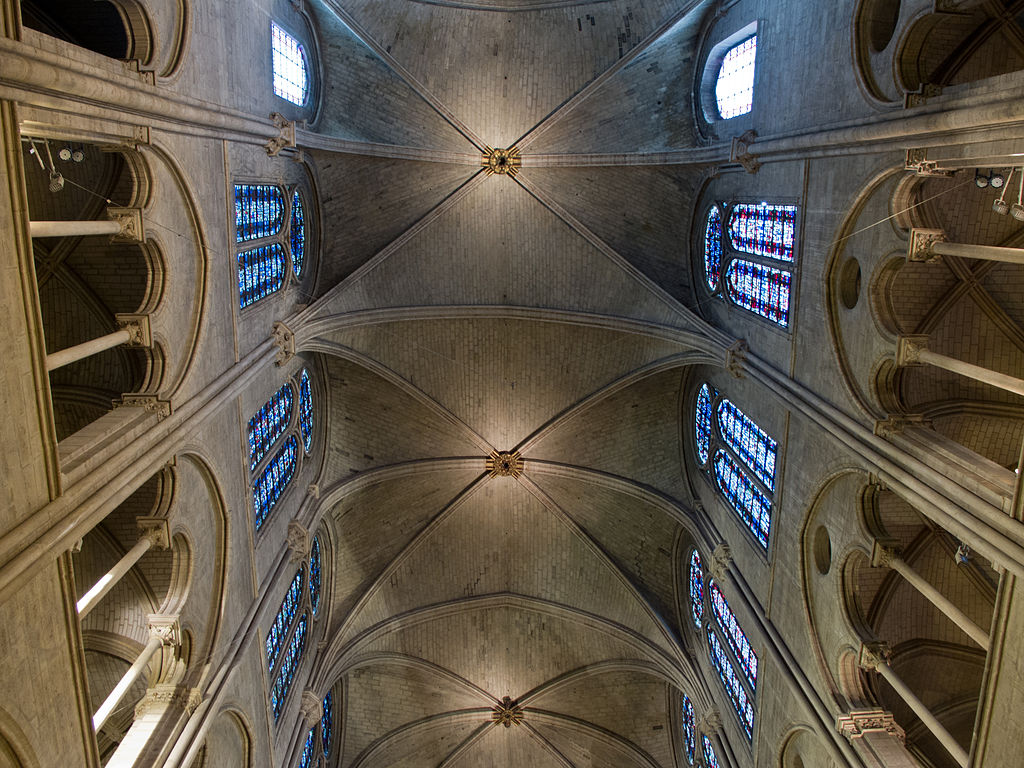Fire Threats to Archaeological Sites: an Unexpected Theme
Archaeological assets, for various reasons, are not often associated with a fire risk. In reality, there are cases where artifacts made of non-combustible materials dating back hundreds or thousands of years are damaged by fires. The #2 Bulletin of the Proculther-net Project has published on this topic an interesting article on “Forest fires and cultural heritage: protection strategies in Castilla y León“, authored by Cristina Escudero, has been published. The short but detailed text is based on the consideration that “the CH exposed to the destructive effects of flames belongs to all the categories contemplated, and to all the levels of protection established by law.”

(VBy September 1985 – Original Uploader was Shiftchange (talk) at 00:53, 9 June 2006., Public Domain, https://commons.wikimedia.org/w/index.php?curid=2444405)
According the article, “The typologies that may be affected are ethnographic heritage such as hermitages; traditional constructions and vernacular architecture; places of pilgrimage with associated intangible heritage (rituals, traditions or artisan production methods, among others). Architectural heritage including monasteries, castles and the collections they contain. Historical routes. Industrial heritage and, above all, archaeological heritage from all periods and cultures, both excavated and unexcavated, and especially rock art“.
The most frequent pitfalls
Although they are not well known, many cases of archaeological assets are destroyed or seriously damaged by fires, very often (but not only) of vegetation. Emblematic in this regard is the case of the fire that damaged the ancient rock art of Carnarvon Gorge, Australia. The destruction of Baloon Cave occurred during the devastating 2018 Queensland bushfires, when the archaic rock was destroyed after the burning of a recycled plastic walkway triggered by the fire. The incident has prompted calls for the removal of all flammable structures at similar sites. Another threat to archaeological remains is vandalism and unintentional but illegal use of fire. This threat is well documented in the “Effects of Fire on Cultural Resources and Archaeology” USDA publication.
Can fires of all vegetation damage archaeological or cultural resources? In reality, fire always poses a threat to every human artifact, but when it comes to assessing the vulnerability of objects covered by the ground, so-called crown fires do not necessarily have the worst impact on objects that emerge from the ground or are underground.
What temperatures do they reach on the ground during a vegetation fire?
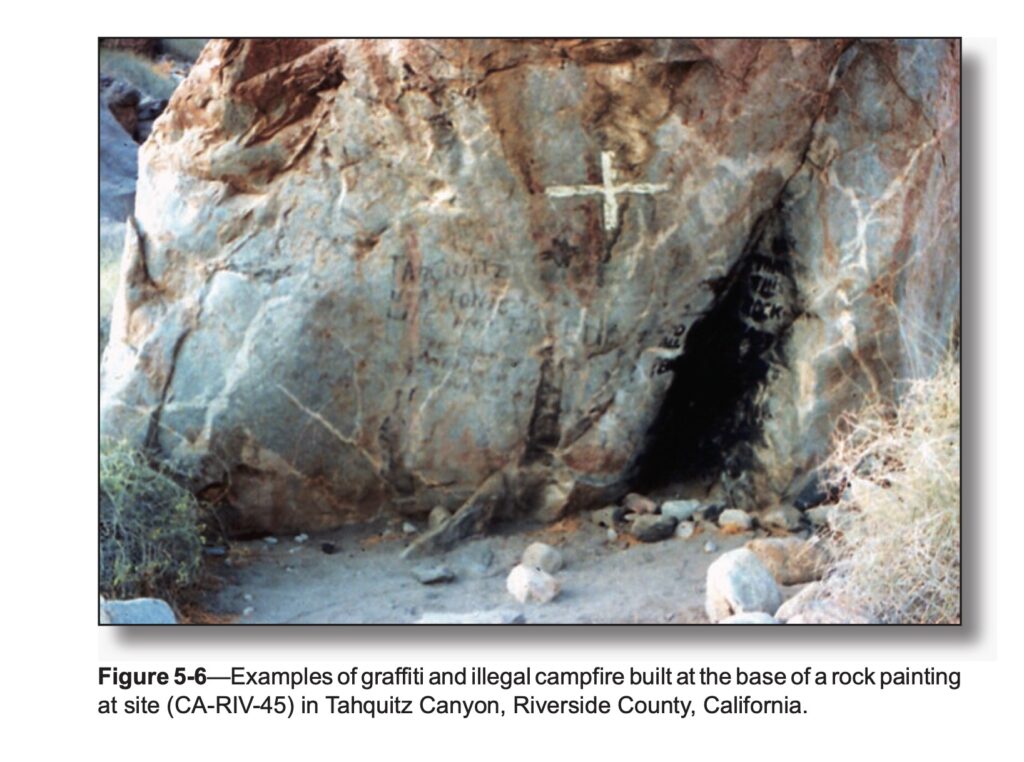
An indication of the temperatures achieved by a land surface was provided by KC Ryan in his 1991 research article “Dynamic interactions between forest structure and fire behavior in boreal ecosystems”. According the article:
- Mineral soil: up to 300 °C
- 1,5 cm below: almost 500°C
- 3,0 cm above almost 500°C
- 4,5 cm above: more than 500 °C
Which artifacts are most threatened?
Another issue related to the threat of fire to archaeological assets is related to the various types of artifacts commonly found in historic sites and their susceptibility to fire damage. Chapter 5 of the USDA publication lists a number of different materials and the effects of fire on each:
- Leather: Items such as leather shoes, belts, and horse harnesses are found at historic sites. Over time they become dry and brittle and can become charred or completely consumed in fires.
- Rubber and Rubberized Objects: These are found at many historic sites, some dating back to the Civil War period. Rubber can ignite and wear away completely at low temperatures, such as those caused by grass fires.
- Plastic: Common in sites from the early 20th century onwards, plastic is used to produce various items such as toys, buttons and containers. Although different plastics have different melting points, most plastic objects would be affected to some extent by low-temperature fires.
- Wooden Artifacts: Wooden objects such as buckboards, Model T car seat frames, ox yokes, and ax handles are prevalent at historic sites. When displayed outdoors, they often have some rot, making them more susceptible to destruction by fire.
- Bone: Dry, porous bones will char in grass fires and be completely consumed in high-temperature fires.
- Shell Buttons: These buttons can discolor, flake, split along laminations, and eventually turn to dust when exposed to high-temperature fires. Similar effects can occur at lower temperatures, especially if the buttons are small and thin.
What are the most frequent damages?
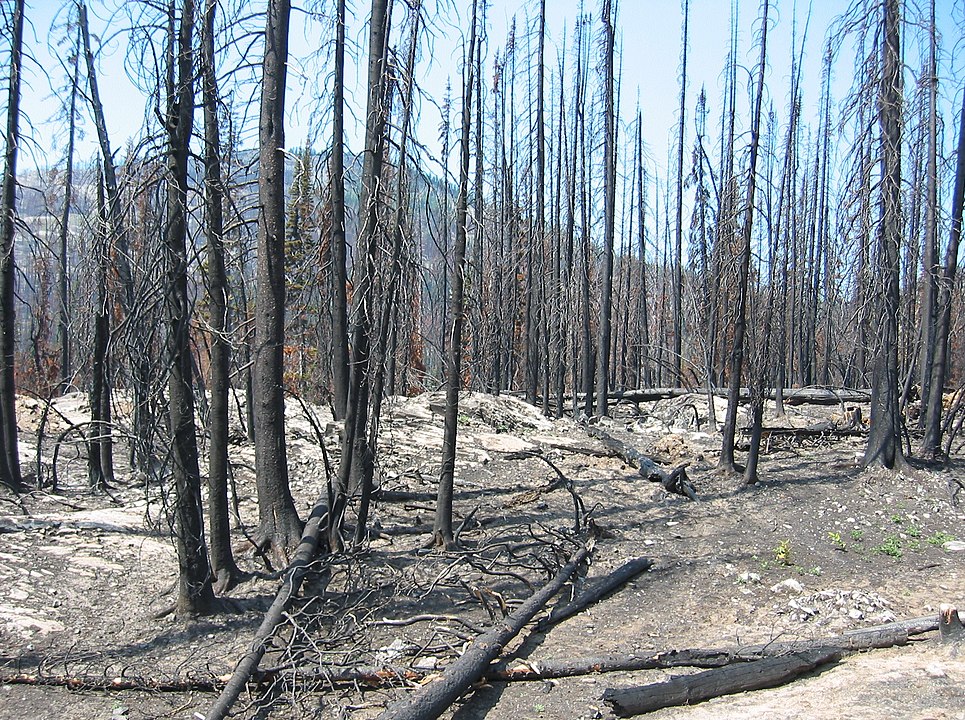
The original uploader was Bcasterline at Wikipedia.Transferred from en.wikipedia to Commons by Helt., Public Domain, https://commons.wikimedia.org/w/index.php?curid=1658037c)
The damages to cultural heritage in a forest environment during a wildfire are categorized into three groups, incorporating aspects that highlight the importance of damages caused by firefighting operations during emergency response activities. Fires not only impact and destroy educational structures and tourist resources associated with these heritage contexts, but it is crucial to consider these factors when proposing guidelines for the restoration of the affected area.
- Direct Damages or Primary Damages: These are caused directly by high temperatures and the products and by-products of combustion. They are immediately observable, either with the naked eye or through analytical procedures. Examples include the total or partial destruction of organic matter and physical-chemical transformations (thermoclasticism, reddening, etc.) produced by lithic materials in architecture, archaeological structures, or those supporting rock art.
- Indirect Damages or Secondary Damages: These occur after the fire is extinguished and can recommence or accelerate over time for various reasons:
- Increased levels of alteration/erosion over time: The modification of the physical-chemical characteristics of materials during the fire makes them more susceptible to atmospheric and biological agents, accelerating processes like aging, decomposition, etc.
- Environmental modification: Loss of vegetation cover followed by precipitation leads to increased surface runoff and varying degrees of erosion, causing the loss and removal of archaeological layers. In extreme cases, this can result in mudflows that may destabilize or collapse architectural structures.
- Anthropogenic actions on the affected territory: Looting by opportunistic individuals taking advantage of the situation to remove objects from archaeological sites or damages caused during area restoration work, such as the removal of burnt wood or reforestation.
A forest fire, similar to an earthquake or flood, is a catastrophic event that requires a well-thought-out response, similar to other unexpected disasters. Planning is the rational approach to safeguarding cultural resources. However, this effort faces challenges due to various factors of considerable complexity, which require extensive reflection.
Learn more:

